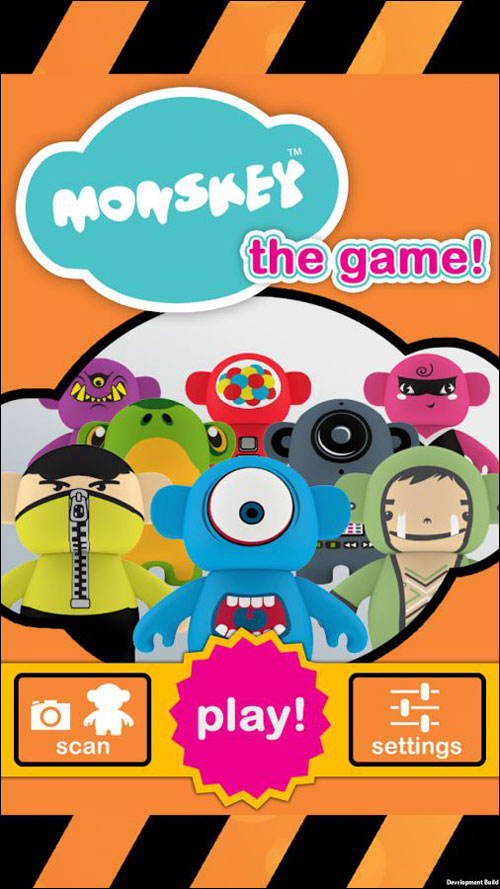Spanish app company Twinsprite expects to begin offering a software development kit (SDK) to game app developers next month that will bring Near Field Communication (NFC) to the world of mobile gaming. The platform uses QR codes, as well as NFC technology, to link a card or toy to a game via data about the item that has been tagged, which is then stored on Twinsprite’s cloud-based server. The company is headquartered in Madrid, but also maintains offices in Germany and California, and intends to offer the software solution worldwide.
Twinsprite is working with Dutch game company Monskey to provide a system that will allow users to view and play with digital versions of Monskey figurines, via a video game designed for Android-based smartphones. Next month, Monskey plans to launch a version of the toy that will come with a character card printed with a special QR code enabling a player to unlock and activate his or her Monskey character in the game. However, says Lucia Garate, a Twinsprite cofounder, reading NFC tags is much easier than scanning QR codes using a phone’s camera. As such, she believes that NFC technology is likely to appeal to users, such as children, due to its ease of use.
With the NFC version, an RFID tag could be embedded directly in a figurine at the time of manufacture. Twinsprite is partnering with Smartrac to provide its Circus NFC tag, made with an NXP Semiconductors NTAG213 IC. Smartrac will not only supply the NFC tags, but also encode each one with a unique ID number provided by Twinsprite, in order to match the players for a particular game. In that way, a user could read the tag ID and, with the NFC-enabled smartphone running the Monskey app, immediately identify the specific figurine or item in front of him or her. Garate expects Monskey to release NFC versions of its figurines after the QR versions become available, but says Monskey has not yet set a date for the NFC versions’ release.
Twinsprite is currently in conversations with several gaming companies around the world that are interested in using the technology to enhance their existing games and toys, Garate reports. For instance, a child receiving a new toy could use an NFC-enabled smartphone or tablet to read the toy’s RFID tag and immediately include that figurine, with its own unique skills and features, into an existing game in the app installed on that device. The system could also be used without toys, Garate says. For instance, the tags could be embedded in cards or labels that game developers or providers could then place at a variety of public locations, so that players could read those tags via their phones to add features or new levels to a game.
The Twinsprite SDK, consisting of the necessary software and several NFC tags, will be offered to developers at no cost, Garate says, though her company can install the label into a 3D printed toy if requested. She says she expects game developers to experiment with embedding the labels in their own figurines, as well as with working each figurine’s personal details into the developer’s game app.
If all goes as planned, Garate reports, the company hopes to begin taking orders for the development kit in October. It will then start shipping the kits to developers in November.


